Vegetables, whole grains, and beans are rich in fiber, potassium, and many other nutrients that help stabilize blood pressure and blood sugar.
Diabetes can damage blood vessels, causing arteries to become smaller and plaque to build up. The heart must pump more blood, leading to high blood pressure. People with both conditions need to eat a healthy diet to control blood sugar and blood pressure levels and reduce the risk of complications.
Fresh fruits and vegetables
Fruits and vegetables provide your body with vitamins, minerals, antioxidants, and fiber. Some can stabilize blood sugar while lowering blood pressure.
The American Diabetes Association recommends eating vegetables that are low in sugar and starch but high in fiber, such as broccoli, asparagus, and cauliflower. They slow the conversion of food into glucose (sugar), preventing blood sugar from rising.
Foods rich in fiber also remove cholesterol from the blood, thereby reducing blood pressure and inflammation. Eating a lot of fiber creates a feeling of fullness for a long time, helping diabetics feel less hungry.
Starchy vegetables and fruits such as squash, potatoes, and sweet potatoes should be consumed in moderation. Too much can increase blood sugar.
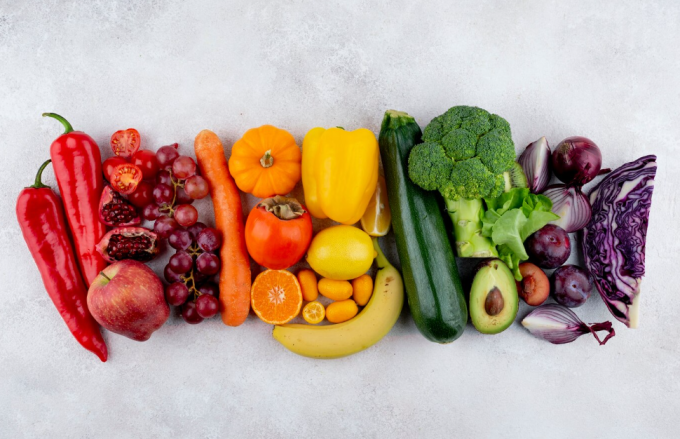
Fruits and vegetables are low in carbohydrates, rich in vitamins and fiber, and help regulate blood pressure. Photo: Freepik
Beans
Green beans, red beans, peas, and soybeans are rich in B vitamins, beneficial minerals such as protein, potassium, magnesium, and fiber. Potassium helps maintain blood pressure, magnesium stabilizes heart rate, all of which are beneficial for heart health. They also have a low glycemic index, which is good for diabetics.
Green leafy vegetables
Green leafy vegetables are low in calories and carbohydrates and do not significantly affect blood sugar levels. Spinach, kale, and other green leafy vegetables provide many vitamins and minerals. Vitamin C acts as an antioxidant, helping to reduce inflammation and cell damage.
Lean protein
Increasing your protein intake can lower your blood pressure. Protein-rich foods like poultry, seafood, and tofu are low in or no carbohydrates, making them suitable for people with diabetes.
The American Heart Association (AHA) recommends limiting fatty beef and lamb, and poultry with skin because they contain saturated fat, which is linked to heart disease. Instead, choose white meat chicken and skinless turkey. Other lean protein sources such as fish and tofu are also heart-friendly. Isoflavones in tofu also help lower blood pressure.
Nuts
Nuts are rich in protein and healthy fats but low in carbohydrates, helping you feel full longer. Nuts, especially flax seeds, also contain minerals that help regulate blood pressure. Some pre-roasted varieties may contain added salt, which affects blood pressure. Therefore, patients should limit their intake to a moderate level.
Whole grains
Whole grains are mainly made up of carbohydrates, but they are still healthy for people with diabetes and high blood pressure. Whole grains (brown rice, quinoa, buckwheat, barley) retain their fiber, vitamins and minerals; unlike refined grains (white bread, white rice) which have lost most of their nutritional value.
Bao Bao (According to Livestrong, Healthline )
| Readers ask questions about nutrition here for doctors to answer |
Source link




![[Photo] Closing of the 11th Conference of the 13th Central Committee of the Communist Party of Vietnam](https://vstatic.vietnam.vn/vietnam/resource/IMAGE/2025/4/12/114b57fe6e9b4814a5ddfacf6dfe5b7f)


![[Photo] Overcoming all difficulties, speeding up construction progress of Hoa Binh Hydropower Plant Expansion Project](https://vstatic.vietnam.vn/vietnam/resource/IMAGE/2025/4/12/bff04b551e98484c84d74c8faa3526e0)


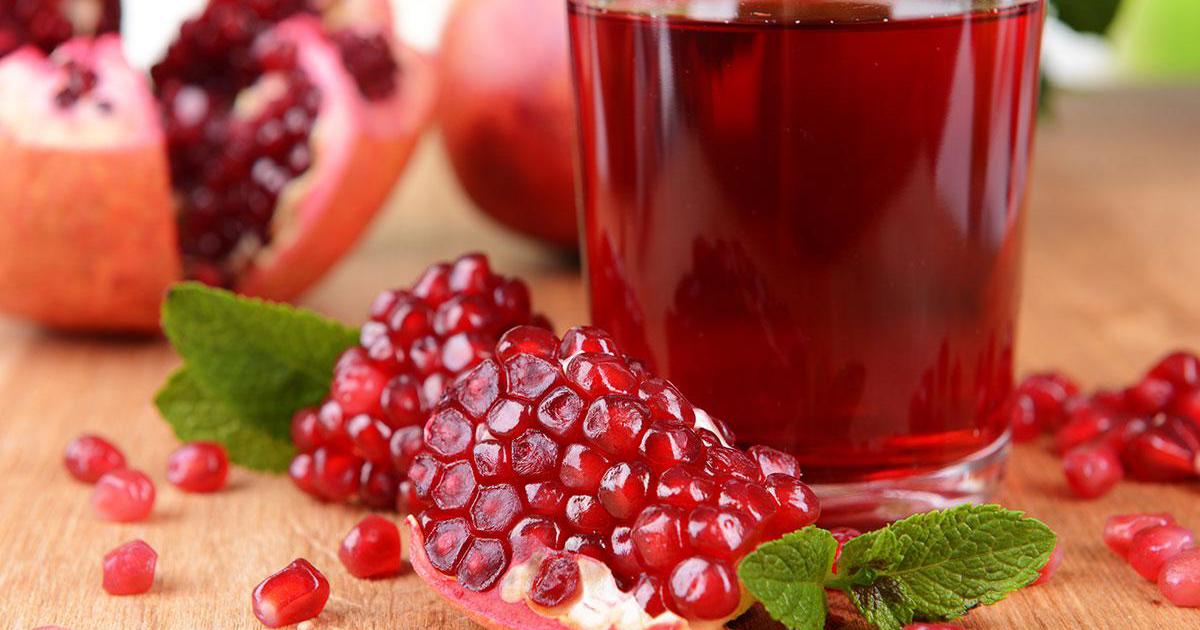

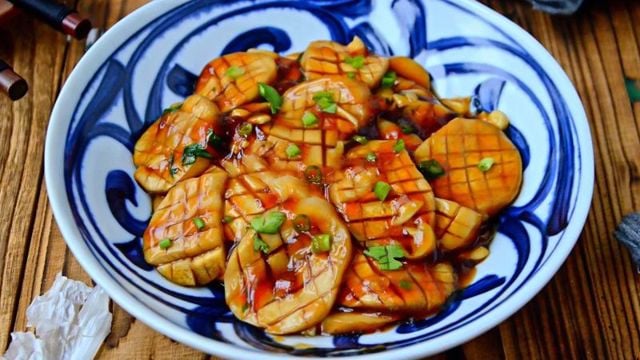
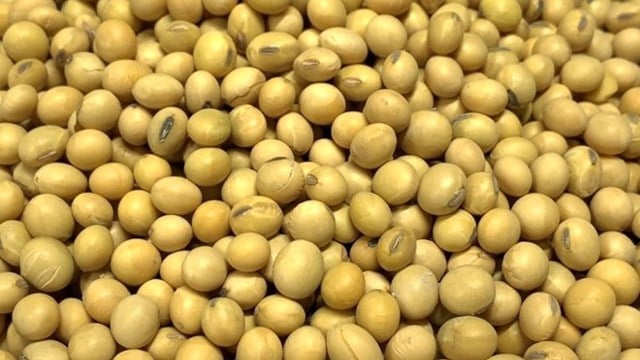




![[Video] First time in Vietnam: Successful implantation of 3rd generation partial artificial heart](https://vstatic.vietnam.vn/vietnam/resource/IMAGE/2025/4/12/8817412224094c68ba2c744b7bd5cfea)
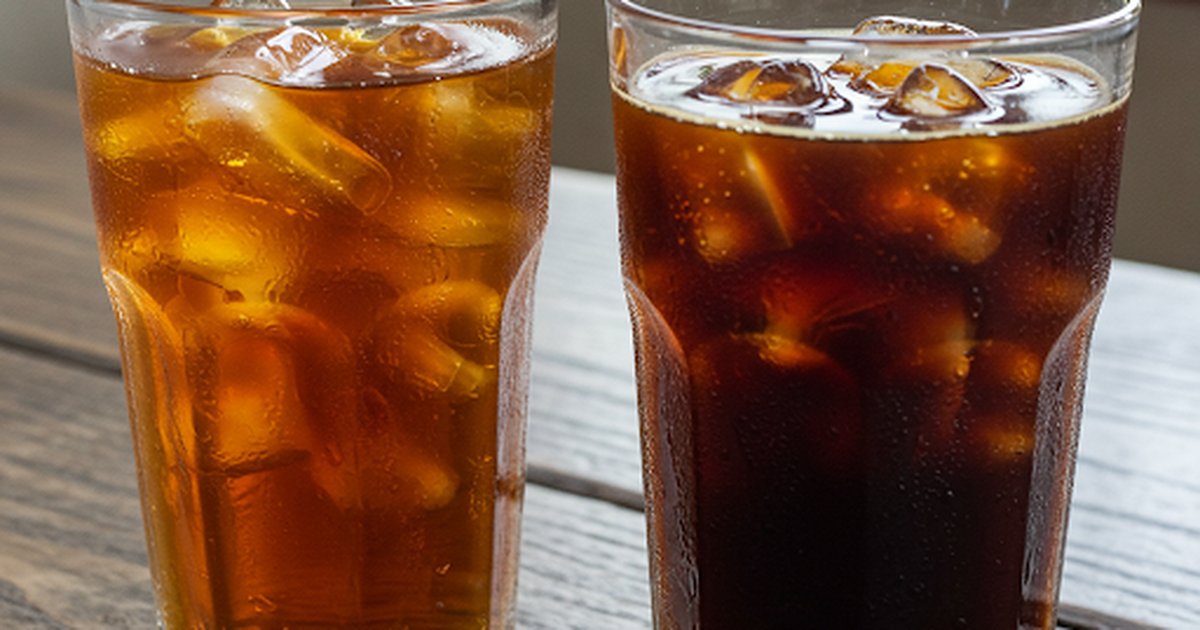


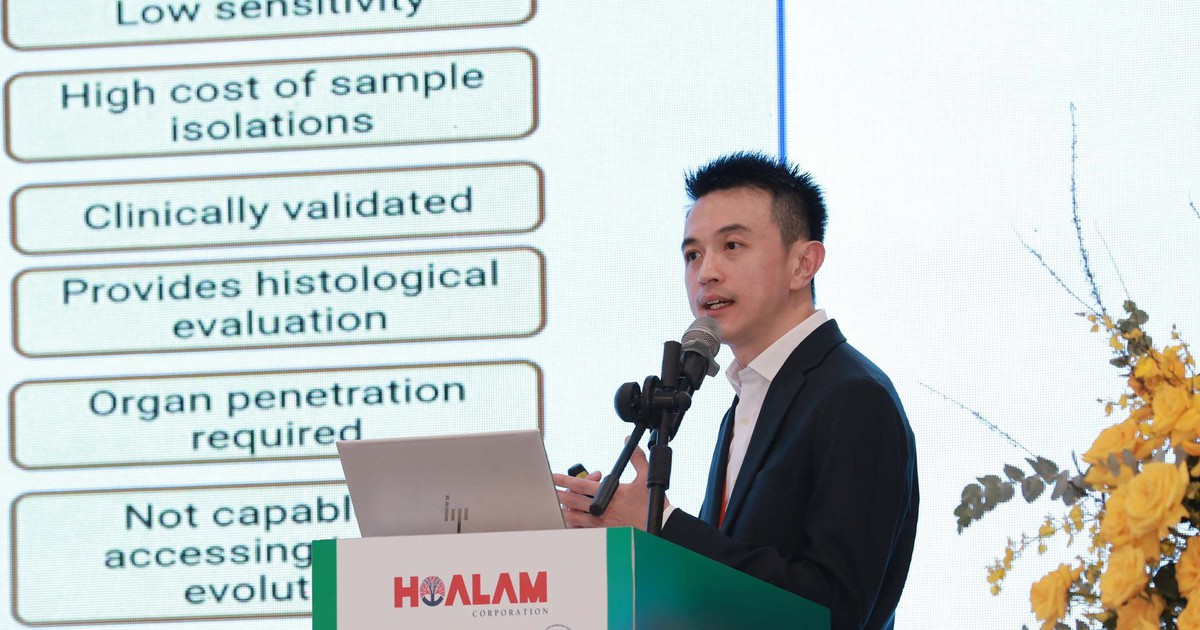






























































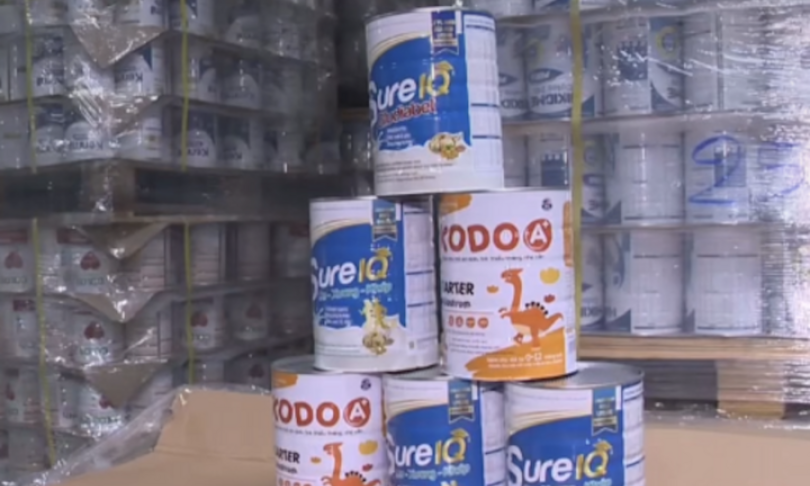













Comment (0)